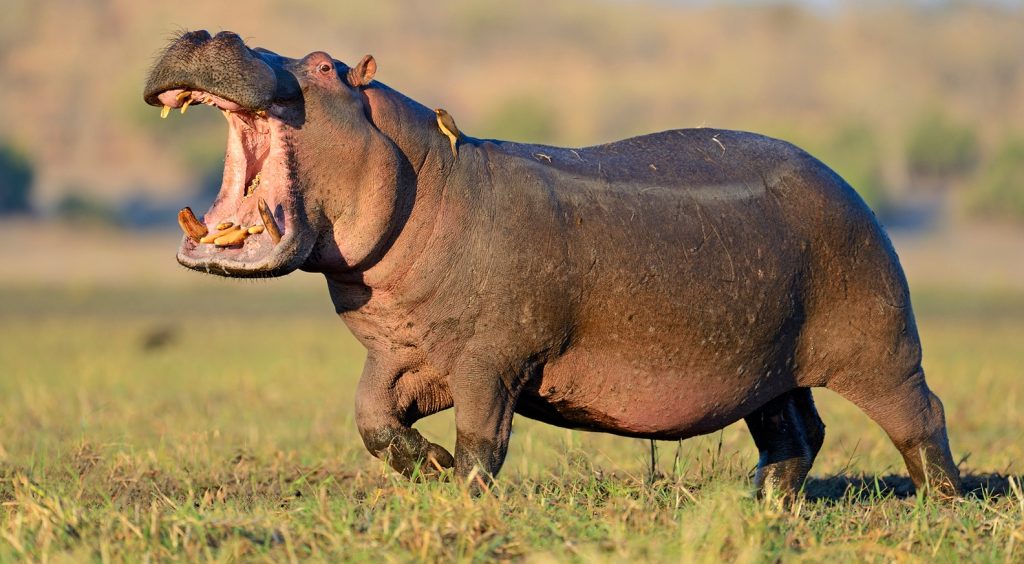Hippopotamus (Hippopotamus) is a large mammal that lives near water and is widely distributed in rivers and lakes in Africa. They are the second largest mammal on land, second only to elephants. Hippos are huge and can weigh up to 5,000 kg, but they mainly move in the water. Despite their bulky appearance, hippos are very agile in the water and like to stay in the water for most of the time to maintain body temperature and protect their skin from direct sunlight.
Hippopotamus have a unique appearance, with a wide mouth and large teeth. When their mouth is open, their impressive tusks can be seen. These tusks are not only a tool for their defense, but also an important part of their social behavior. Although their mouths look ferocious, hippos are actually herbivorous animals that mainly feed on aquatic plants.
It is worth mentioning that hippos also have a special place in art and culture. For example, in ancient Egyptian culture, bronze hippos were often created as artworks that symbolized wealth and power. These bronze statues not only reflect people’s awe of hippos, but also demonstrate the exquisite craftsmanship of ancient civilizations.
Hippos are usually social animals with complex social structures within their groups. They have a strong sense of territory, especially near water sources, and male hippos will deter intruders by showing their size and making sounds. Although hippos look docile, they are actually very aggressive, especially when they feel threatened.
In general, hippos are extremely charming animals. They not only occupy an important position in nature, but also leave a deep mark in human culture and art. Understanding the living habits of hippos can not only deepen our understanding of these huge creatures, but also help us protect their habitats and ensure that they continue to thrive in nature.

